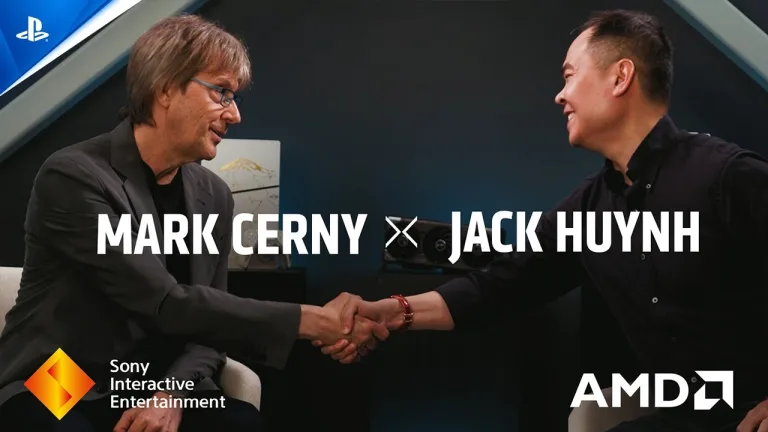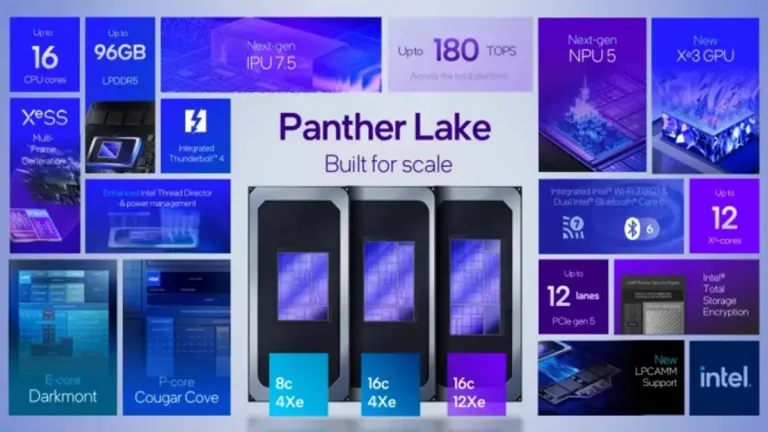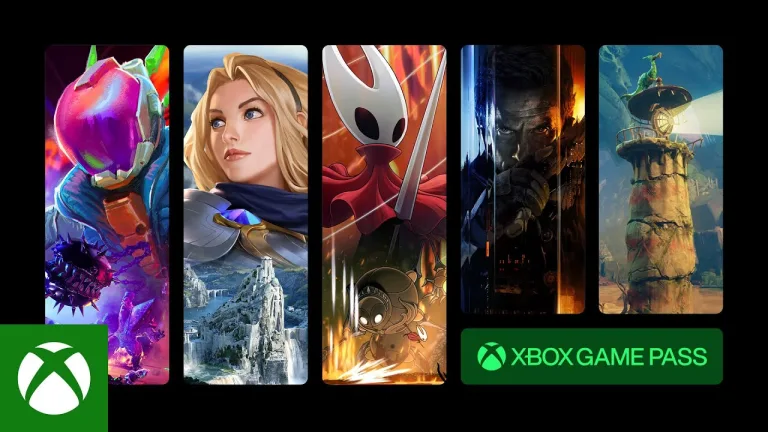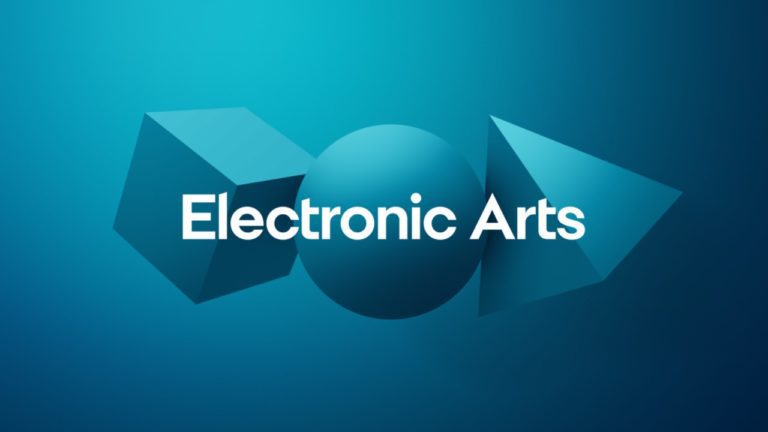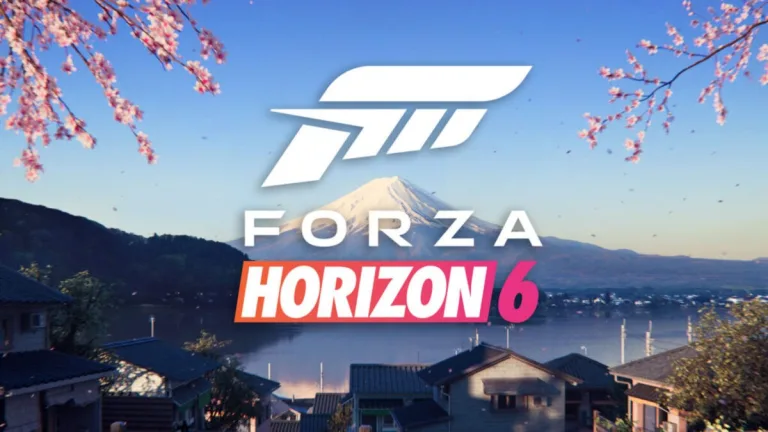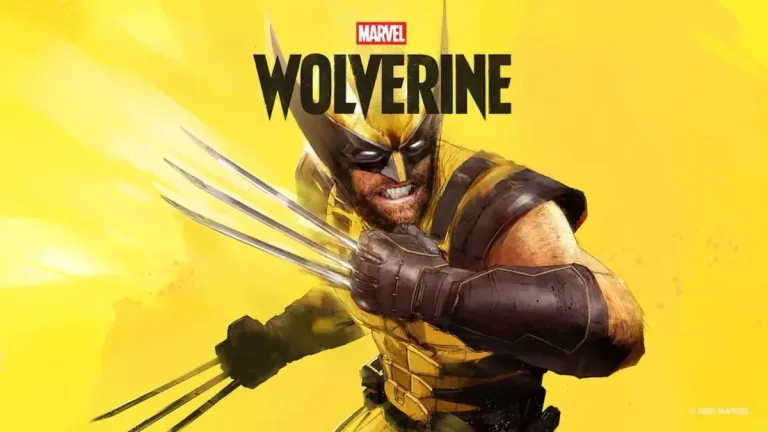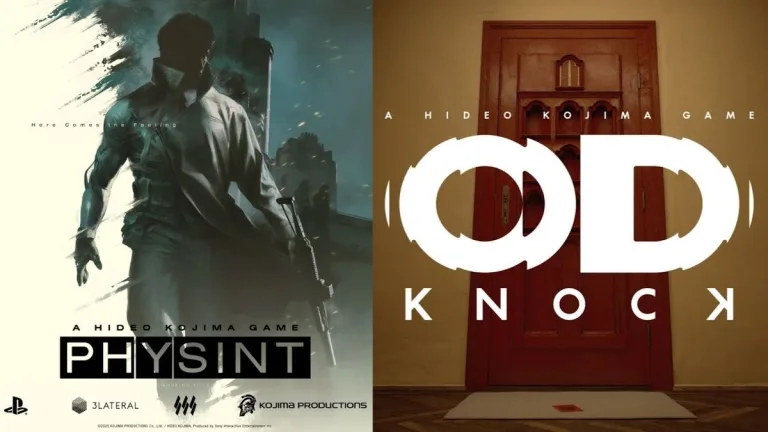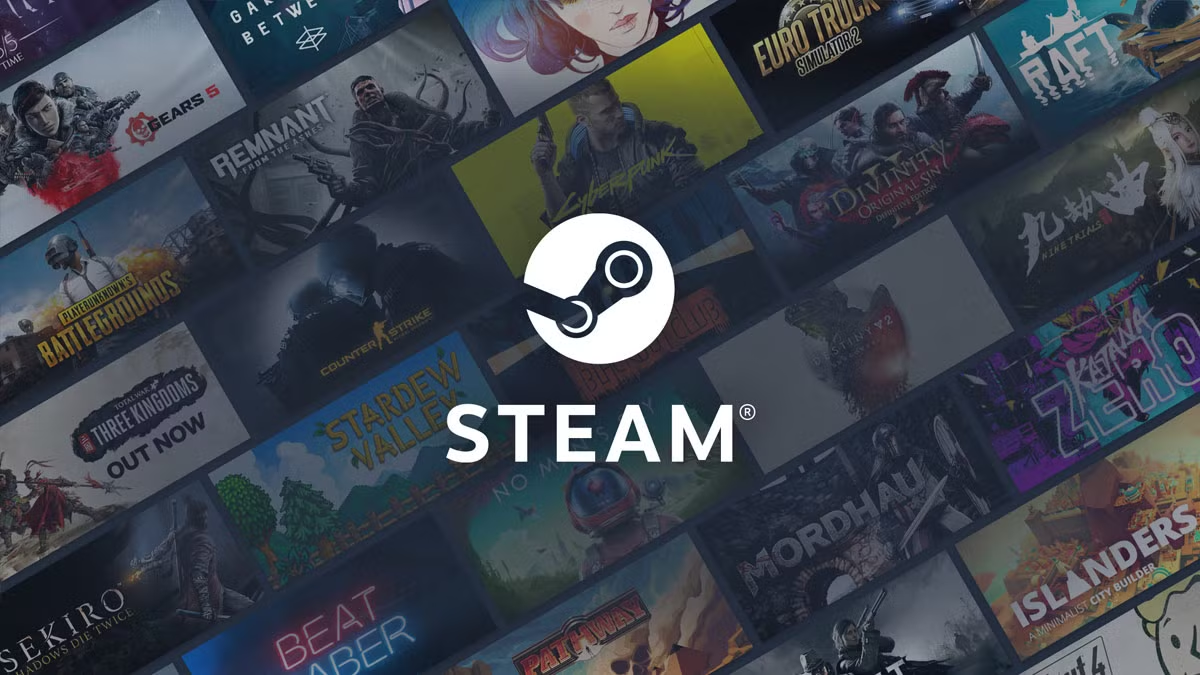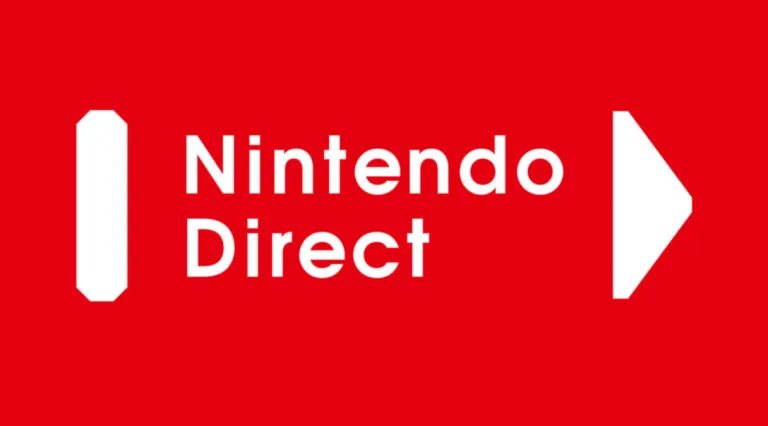Sony flirting with a “PS6 handheld GPU” that touts ray tracing, even path tracing, and AMD “Radiance...
Featured
The PC gaming landscape is about to shift again. Intel has officially pulled back the curtain on...
Microsoft has once again raised eyebrows—and subscription fees—with its latest overhaul of Xbox Game Pass. In a...
Electronic Arts (EA), one of the most iconic names in gaming, has officially agreed to be acquired...
The Tokyo Game Show 2025 delivered plenty of surprises, but none landed with the same impact as...
Four years after its surprise announcement, Marvel’s Wolverine has finally stepped out of the shadows. During Sony’s...
On its 10th anniversary, Kojima Productions presented Beyond The Strand, a livestreamed event that celebrated the studio’s...
Valve has officially announced that Steam will end support for 32-bit versions of Windows on January 1,...
When Palworld first burst onto the scene in early 2024, it wasn’t just another survival-crafting game—it was...
Nintendo just dropped its longest-ever Direct, clocking in at over an hour and showcasing nearly 40 titles....


